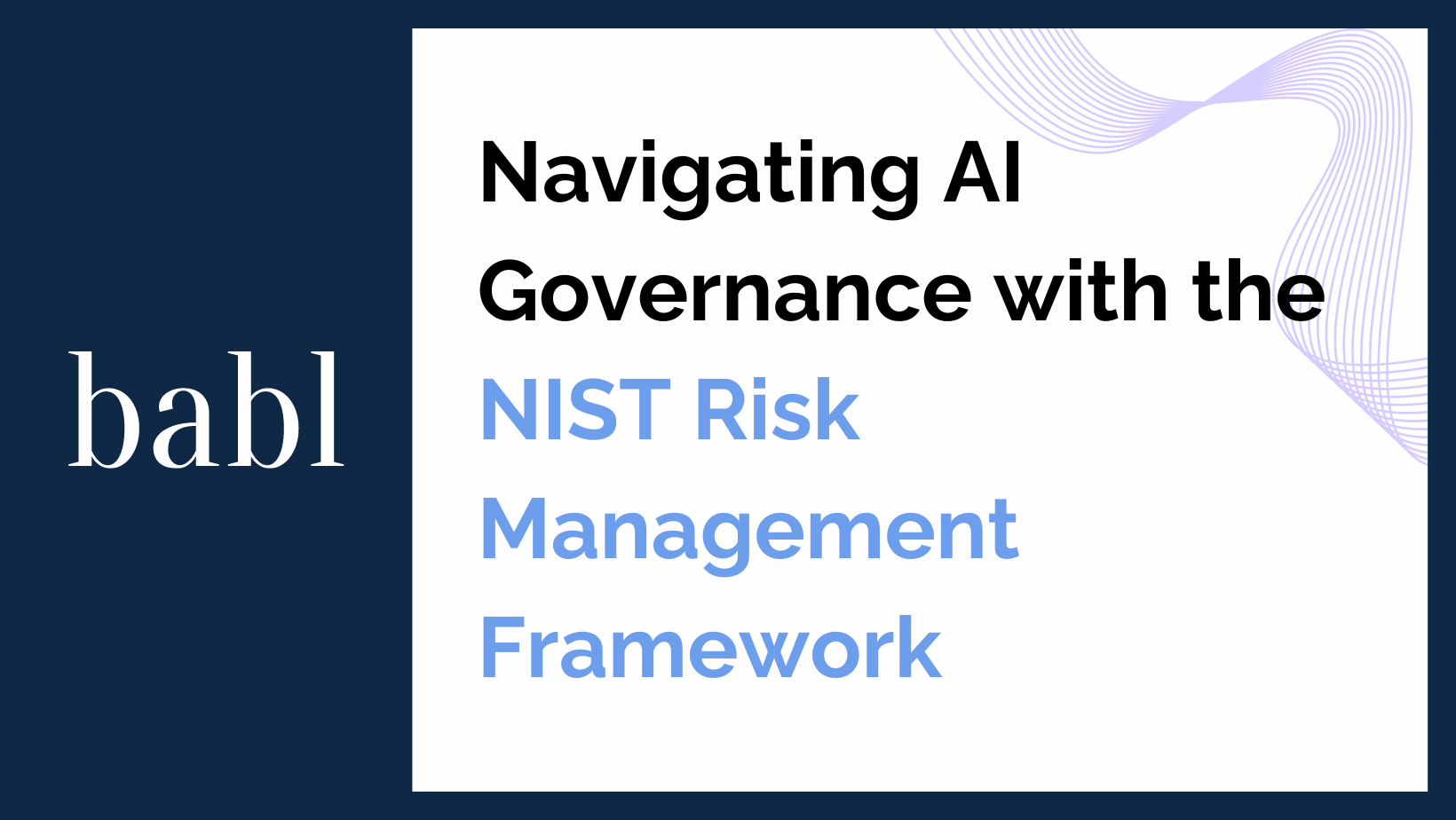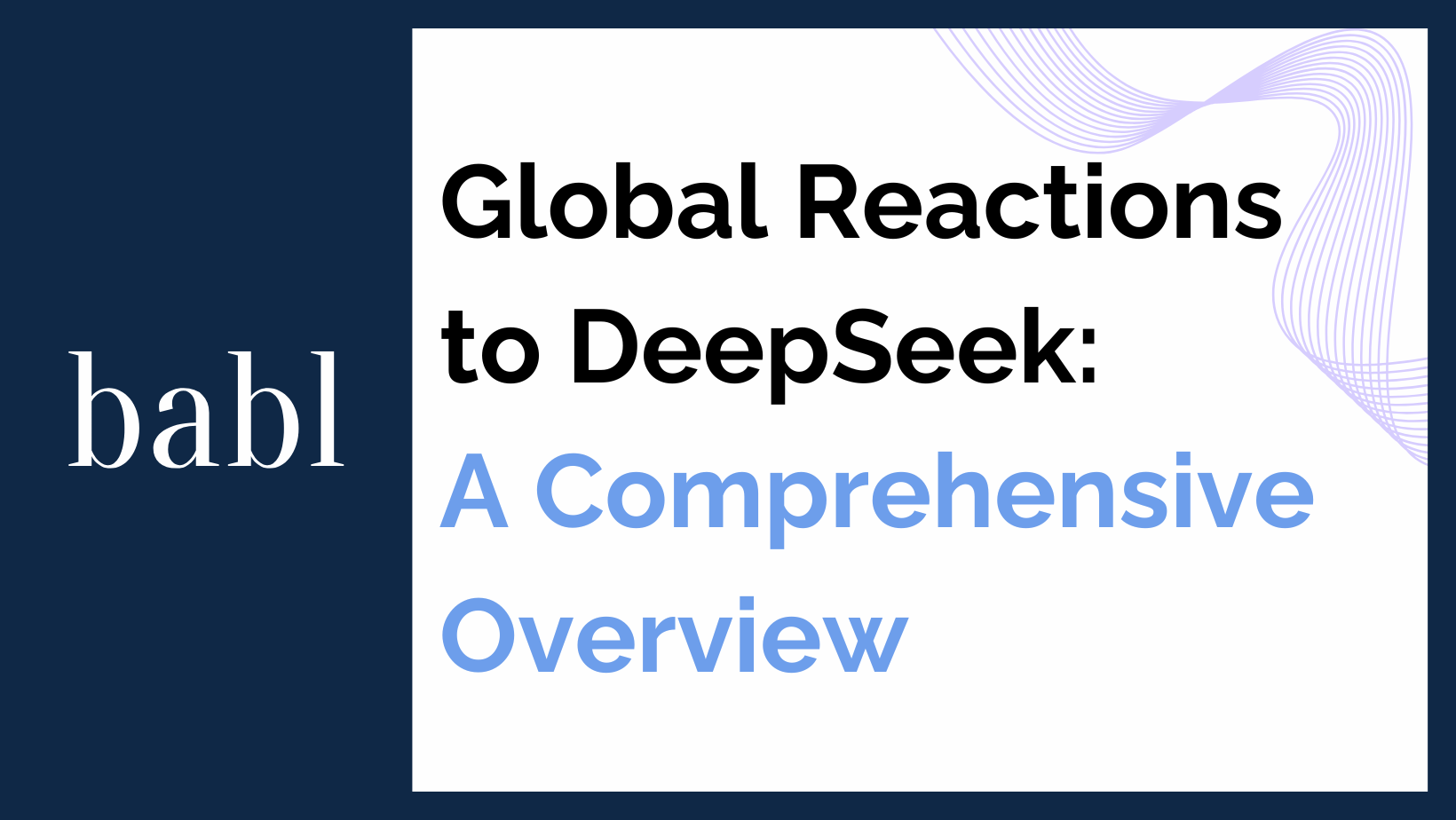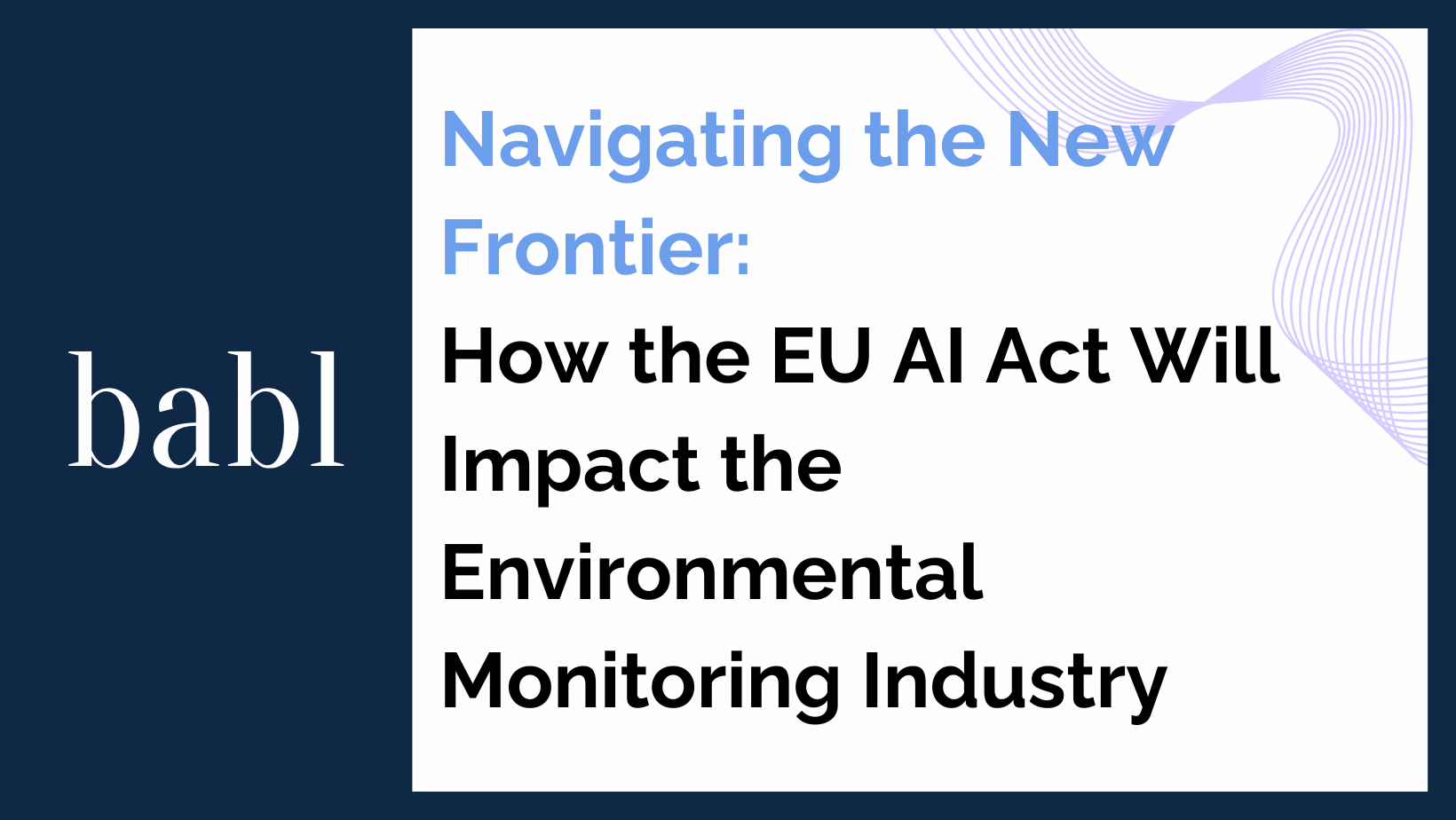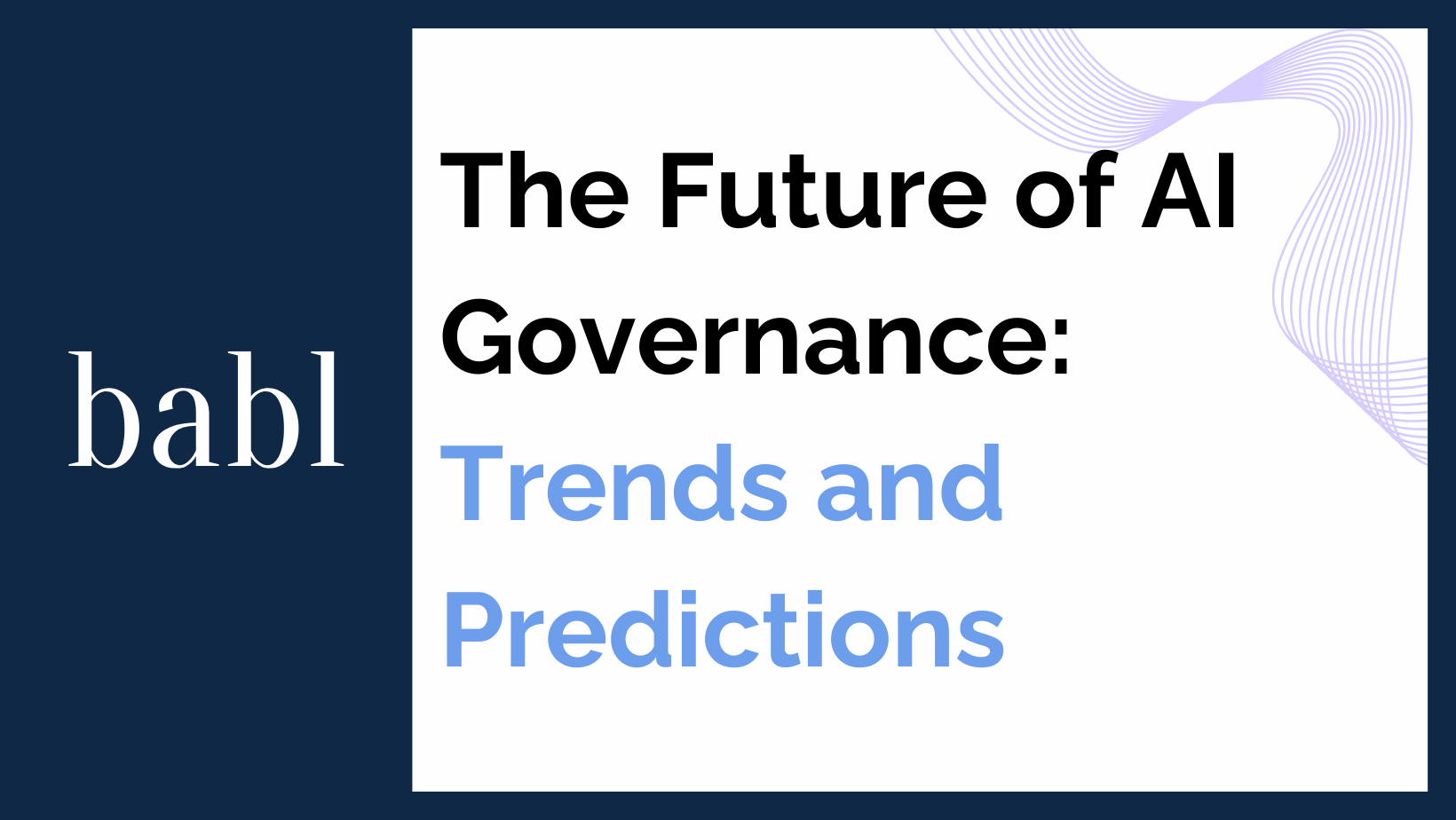Navigating AI Governance with the NIST Risk Management Framework
Artificial intelligence (AI) is advancing rapidly, and managing its risks is critical. The National Institute of Standards and Technology (NIST) created the AI Risk Management Framework (RMF) to guide organizations. This framework promotes responsible AI development and deployment across industries. It also serves as a cornerstone for businesses seeking to integrate AI responsibly.
Why the NIST AI RMF Matters
The NIST AI RMF responds to the growing demand for structured AI governance. As AI tools become embedded in business and daily life, organizations need guidance. The framework aligns AI strategies with ethical, legal, and regulatory standards. It reduces the risk of unintended consequences and builds trust in AI technologies. By offering a clear roadmap, NIST helps innovators create safer, more predictable AI systems. At the same time, the framework reassures end-users that these systems meet ethical and technical standards.
Structure of the NIST AI RMF
The NIST AI RMF is articulated around four pivotal functions—Govern, Map, Measure, and Manage—that together provide a holistic approach to AI risk management:
Govern: The Governance function sets the foundation for effective AI risk management. It involves establishing clear governance structures, policies, and standards that align with an organization’s overall objectives and compliance requirements. This function ensures that all AI activities are overseen by appropriate levels of accountability, and that ethical considerations are ingrained in the decision-making processes. For organizations, this means embedding AI governance at the highest levels, ensuring that leadership is informed and engaged with the AI strategies deployed.
Map: Mapping involves a thorough inventory and classification of an organization’s AI systems. This function is crucial for understanding the current state of AI applications within the organization and provides a detailed overview of where AI is used, its purposes, and the data it processes. Effective mapping helps identify potential risk areas and ensures that all AI systems are accounted for and evaluated in terms of their impact on organizational operations and objectives.
Measure: Measurement in the NIST framework focuses on assessing the performance and effectiveness of AI systems against predefined metrics and benchmarks. This function is essential for ensuring that AI systems perform as intended without violating ethical norms or regulatory requirements. Measurement practices help organizations monitor compliance, efficacy, and safety of AI applications, facilitating timely adjustments to align with desired outcomes.
Manage: The final function, Manage, is about implementing risk management strategies to address vulnerabilities identified during the measurement phase. This involves developing and enforcing policies to mitigate risks, including those related to data privacy, security breaches, and ethical misalignments. Management strategies are tailored to the specific risks and contexts of AI applications, ensuring that mitigative actions are both effective and efficient.
Why Organizations Should Adopt the NIST AI RMF
The NIST AI RMF empowers organizations to meet regulatory requirements and build trust. It also creates a competitive edge. Companies that adopt it show stakeholders they value safety and responsibility. As AI continues to evolve, the RMF ensures organizations remain agile. Its structured approach helps leaders address risks while pursuing innovation.
Conclusion
AI offers enormous potential, but it also brings serious risks. The NIST AI Risk Management Framework gives organizations the tools to manage those risks. By applying its principles, businesses can ensure their AI systems remain ethical, safe, and aligned with both company goals and societal values.
Need Help?
If you’re wondering how NIST AI Framework, and other AI regulations around the world, could impact you, don’t hesitate to reach out to BABL AI. Their Audit Experts are ready to provide valuable assistance while answering your questions and concerns.





